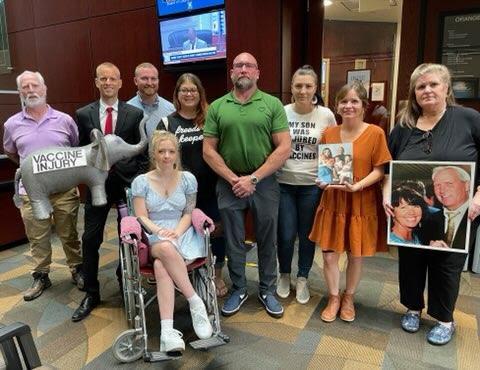PUNTA GORDA, Fla.–Gov. Ron DeSantis announced on May 4 his commitment to nearly $14 million in the state’s budget to combat red tide and fuel research efforts.
The “record-level” funds in the Fiscal Year 2022-23 budget are to be distributed between the Florida Fish and Wildlife Conservation Commission (FWC) and Mote Marine Laboratory, in addition to providing grants through the Department of Environmental Protection (DEP) for red tide cleanup.




